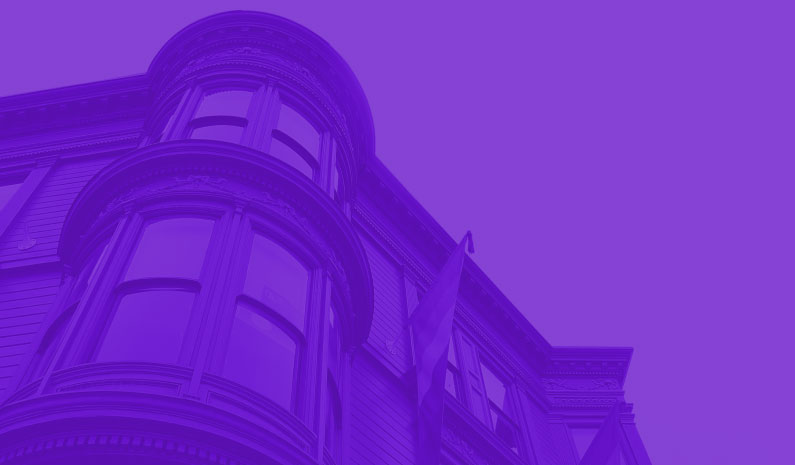
“Here and Queer!”
 “Here and Queer!”, now available for viewing at the SF LGBT Center Gallery, is a theater backdrop and art installation built by the Queer F*ckery Collective and its community. As a community built timeline, the aim is to share and celebrate the unbridled, vibrant joys, and powerful, transformative moments of queer and trans lives and histories over the last 50 years. This timeline is a space to acknowledge the vividity of queer and trans lives, lives that continue to move forward, thrive, and live boldly despite the repressive states of the times we have lived in, despite the heaviness of traumas we have held. This installation invites queers, trans folks, and allies everywhere to share personal or historical memories and knowledge to build power in solidarity and create a visual rendering of the strength that has carried LGBTQIA+ communities through history to the present day.
“Here and Queer!”, now available for viewing at the SF LGBT Center Gallery, is a theater backdrop and art installation built by the Queer F*ckery Collective and its community. As a community built timeline, the aim is to share and celebrate the unbridled, vibrant joys, and powerful, transformative moments of queer and trans lives and histories over the last 50 years. This timeline is a space to acknowledge the vividity of queer and trans lives, lives that continue to move forward, thrive, and live boldly despite the repressive states of the times we have lived in, despite the heaviness of traumas we have held. This installation invites queers, trans folks, and allies everywhere to share personal or historical memories and knowledge to build power in solidarity and create a visual rendering of the strength that has carried LGBTQIA+ communities through history to the present day.
“Here and Queer!” started out as a set design for the Queer F*ckery Collective’s “Queer as F*ck III – Tickling Your Funny Bone(r)” short play festival staged at Bindlestiff Studio in SoMa. The production was presented by the Queer Cultural Center as part of the 2019 National Queer Arts Festival and the 22nd United States of Asian America Festival.
The installation is simply made of three materials: donated fabrics from secondhand garments, annealed steel wire (such as that which is used in jewelry-making, construction binding, and barbed wire), and finally, the personal and historical memories of contributing individuals. The undulating black wire builds an adaptable framework for the timeline which spans from the 1960’s to the present, divided into decades. In its origin, at the black box theater, the wires disappeared into the background of the space. During the two week run, audience members were invited onto the stage to share their additions to the timeline; the memories began to bloom across the dark space as each show night passed. Eventually, the memories appeared to float “like butterflies and petals” and “stars”.
Learn how to help build the timeline.
Read more about the exhibit.

